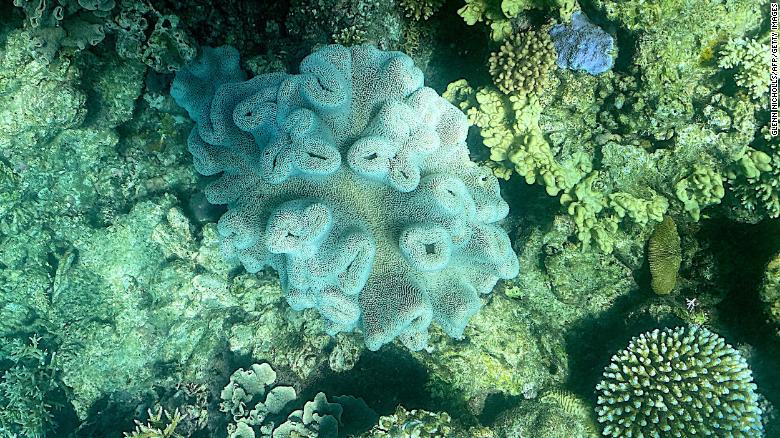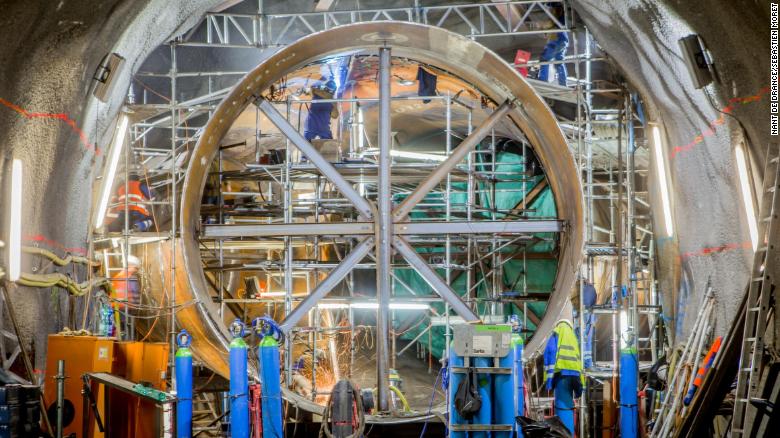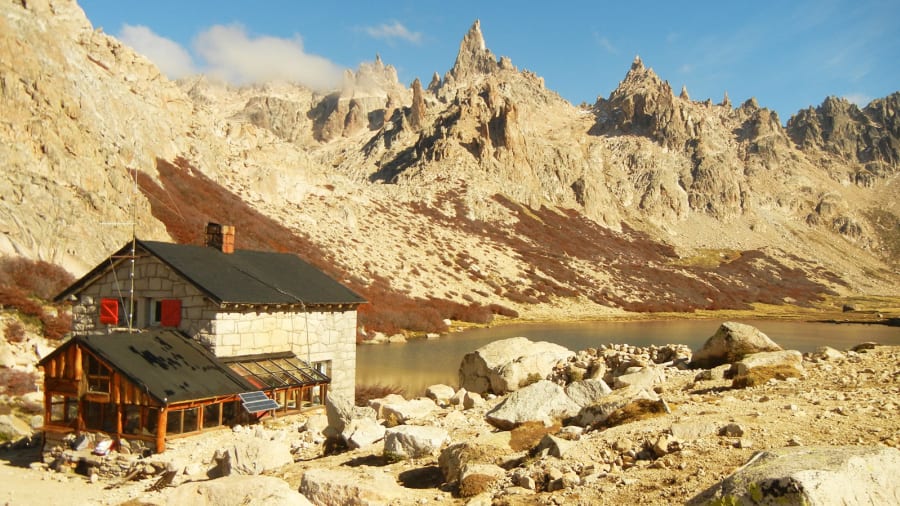We get a lot of requests for more stories about great things people are doing to help the environment, which can be tough because, well ... there's not exactly a constant flow of good news in that department. But this week, I was so pleased to see MULTIPLE stories of communities who have made a real, positive difference for their ecosystems and local wildlife populations. So don't let people tell you it's hopeless! It's only hopeless if we stop trying.
If there's something you'd like to see here, drop us a line. Know someone who could use a little Good Stuff? Send them a copy! We hope you love it as much as we do. |
|
| Our favorites this week Get going with some of our most popular good news stories of the week
|
The more stripes, the better
Tigers in Nepal have come back from the brink of extinction, and new research shows their numbers have nearly tripled since 2009! Nepal's National Tiger and Prey Survey 2022 found there are now 355 wild tigers in the country, a 190% increase since 2009. How did conservationists and national leaders do it? By making the care of tigers and their habitats a nationwide priority. The slim populations were a wake-up call, and in 2010, governments of countries home to wild tigers set a goal to double their numbers by 2022. Nepal is the first country to release new tiger data, and they smashed it. "There is support for the conservation of tigers at the highest level of government," says Ginette Henley, senior vice president for wildlife conservation at the World Wildlife Fund-US. "That has translated into really effective habitat conservation, bolstering the protection of tigers in national parks, the wildlife reserves." |
It's getting better down where it's wetter
Australia's Great Barrier Reef has been through a lot. Bleaching events, pollution and the ravages of climate change have done a number on the natural wonder over the years. But there's finally good news! Parts of the reef have recorded their highest amount of coral cover since the Australian Institute of Marine Science (AIMS) began monitoring 36 years ago. The survey of 87 reefs found that between August 2021 and May 2022, average hard coral cover in the upper region and central areas of the reef increased by around one third. While the reef is still sustaining a lot of damage, AIMS CEO Dr. Paul Hardisty said the results are a sign it could still recover. |
Baywatch
Maya Bay in Thailand has been stuck in a tourism Catch-22 for decades. On one hand, it's a delicate, secluded gem that is easily endangered by overcrowding. On the other hand, such beachside oases are important to Thailand's tourism industry. In fact, a few years ago, the bay was essentially getting loved to death by thousands of visitors per day. Boat traffic had destroyed a large portion of the bay's coral reef and sullied the area's natural beauty. However, in 2018, scientists convinced Thai authorities to close the bay completely so it could recover. It was definitely a gamble, but during the closure, marine experts replanted 30,000 pieces of coral in the bay's waters. That was enough to get the coral to start growing again on its own. Maya Bay reopened this year in much better condition, and will close again soon for two months to give the healing environment another break. |
|
|
This looks like something out of an "Avengers" movie, and it kind of sounds like it, too. This is a water battery, and it could be a game-changer for renewable energy. This particular battery, called Nant de Drance, is located within 10.5 miles of tunnels under the Swiss Alps. The pumped storage hydropower plant provides the same energy storage capacity as 400,000 electric car batteries, and its reversible turbines mean the plant can transition from storing energy to providing electricity with the flick of a switch. This type of hydropower is far less disruptive to the surrounding environment, and scientists say adopting such water batteries could help stabilize electricity grids. | |
|
Hiking is such a wonderful way to explore a new place. I'll never forget being high atop Mount Ulriken in Norway a few years ago, looking out over the craggy green and pretending we were the only people on Earth. (Until we turned around and saw the gift shop, of course.) CNN Travel has a fascinating list of the best hiking trails in the world, from the Appalachian Trail to sakura-lined paths in Japan. I also love the unusual scenery of the area around Refugio Frey in Argentina, above. Several trails wind their way through the Andes and pass near this historic and picturesque granite lodge. |
|
|
When my grandmother died in 2020, she immediately started popping up in my dreams. It got to the point that I looked forward to seeing her there, where we could spend a few minutes outside of time and space. Since then, my late father and brother-in-law have also made appearances in my dreams, and the experiences have been so emotional that I keep track of them in a journal*. While there's not a lot of scientific evidence about the benefits of keeping a dream journal, it isn't hard to imagine a few: creativity, perhaps. Or closure. Or just some comfort. "Trying to understand your dreams can become an important part of understanding yourself, your relationships, and your world, both inside and out," says Dr. Allan Peterkin, who contributed to a guided dream journal published by National Geographic. Give it a try! If nothing else, it will give you something very entertaining to go over in the morning. *My phone's Notes app, if we're being honest. |
|
|
Rec of the week Brought to you by CNN Underscored |
Ashley Graham shares her 14 favorite summer fashion staples Whether it's linen pants, a slip dress or a leather investment bag, here are the 14 fashion pieces Ashley Graham will be wearing all summer long. |
|
|
Shameless animal video There's always time for cute animal videos. That time is now. |
Hermit crabs in a hamster wheel is a fairly easy sell already, but the accompanying thrash music really brings it all together. (Click here to view) |
|
|
A newsletter for the good in life | |
|
|















Đăng nhận xét